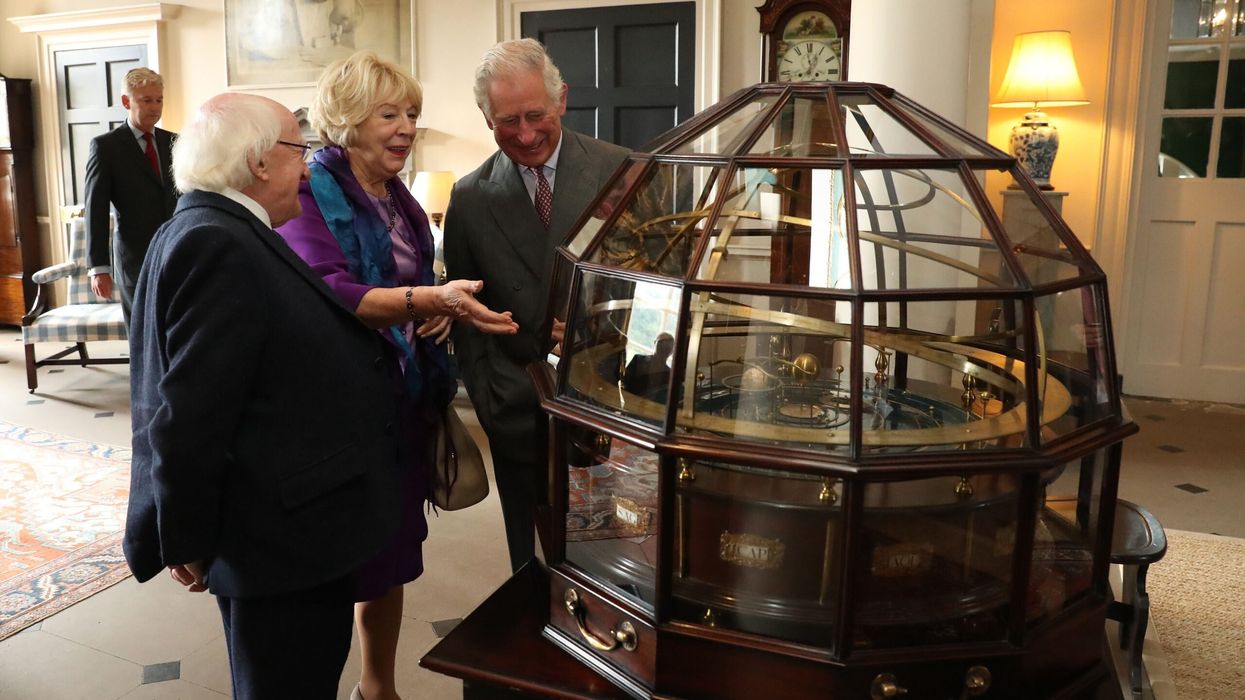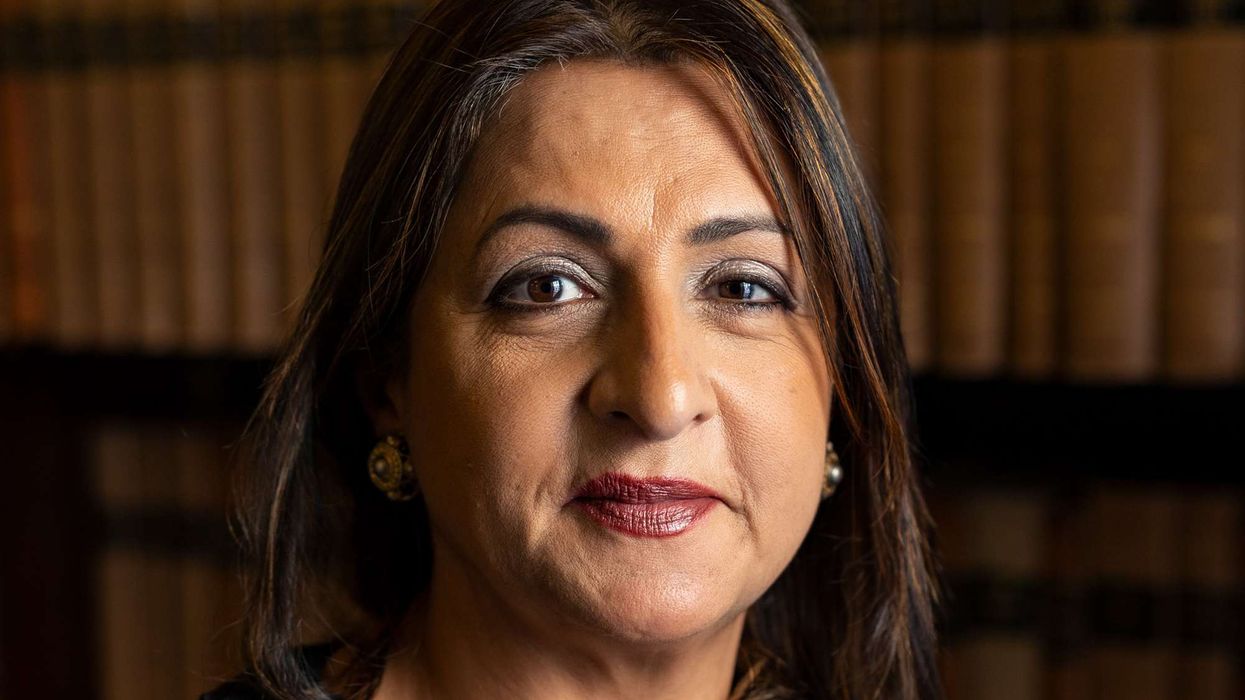AN AUTHENTIC 18th-century dining experience will be on offer for visitors at Dumfries House, one of the most majestic stately homes in Scotland.
Dating back to the 1700s, the property is close to the heart of King Charles III – a regular visitor to oversee the work of his King’s Foundation charity.
Satinder Kaur, collections manager at Dumfries House, spoke of her excitement as her research helped curate the new offering in the historic home’s Pink Dining Room. It includes a “butler service” associated with the era and will be served on rare ceramics and silverware of the time thanks to the Royal Collection.
“It is a privilege to work with the fantastically varied collection of furniture, ceramics, glass and works of art that I’m looking after – dating from 1754 to 1759,” Kaur said, during a tour of the estate located in the Scottish town of Cumnock, East Ayrshire.
“I’m a second-generation immigrant and my parents are shopkeepers and post office owners. But they saw my passion and really encouraged me to find my path into the heritage world and it ended up being here at Dumfries House, where I am incredibly lucky to see something new every day that I find interesting or that I want to research and find out more about,” she said.
Starting this month, the Scottish Indian curator, along with manager Evan Samson and executive chef Tom Scoble, has added a regal touch to the regular tours of the estate that visitors from around the world can book.
Among the many highlights the curator pointed out to is the Grand Orrery, a mechanical model of the solar system dating back to about 1750.
It stands at the entrance of the grand home and even has a little touch of Indian history embedded within it.
“I think that as an Indian person, I always look for little spots of my own culture, like a little piece of home, really. So, the first thing I spotted on the earth within the Grand Orrery was that the Indian subcontinent is there – interesting to note, when there’s no East Coast of America, and there’s no Coast of Australia, and there’s no New Zealand, but India is there,” said Kaur.
She spends much of her time on the estate personally caring for many such precious items in the historic collection – from Murano glass chandeliers to rare British Spode ceramics.
Past the grand entrance is the Pink Dining Room, where King Charles hosts guests. It will now open to visitors for a chance to dine like a monarch themselves – for £375 per person. “For a select number of guests, the 18th century dining experience will be authentic to the 1700s, with traditional butler service – including the meal being served ‘family-style’ – and a menu researched and prepared by our chefs that reflects the culinary fashions typical of country houses in that age,” said Samson.
Scoble’s challenge has been to curate a menu that resonates with the times gone by, but which also fuses with modern-day tastes and, more important, stays true to the King’s vision for Dumfries House as a champion of British farming and rural skills.
The produce on offer is harvested on the grounds of Dumfries House, which the then Prince Charles rescued back in 2007 by securing the funds required to acquire the estate for the local Scottish community.
As the headquarters of the then Prince’s Trust and now King’s Foundation charity, the estate is designed to deliver training programmes around traditional heritage crafts, rural skills, STEM (science, technology, engineering and maths) and horticulture through a series of education hubs that nurture green skills and sustainability – priority themes for the 75-year-old monarch.
A health and wellbeing centre offers yoga and meditation classes in keeping with the King’s own affinity with natural and nature-based therapies. According to the charity, around 170,000 people enjoy the estate grounds each year, with 10,000 students of all ages taking part in the foundation’s education programmes on site.
Dumfries House itself attracts around 20,000 visitors every year to experience one of the largest and rarest collections of British Chippendale furniture in the world.
Proceeds from commercial activities such as tours, weddings, events, stays at Dumfries House Lodge and dining experiences are ploughed back into supporting the work of the King’s Foundation to provide education courses for students from local schools and beyond.
The 15-year transformation of Dumfries House under King Charles’ vision has led to employment opportunities for the local area Dumfries House is now keen to cast a wider net for people from around the world to witness this first-hand. It also served as a backdrop for some British films.












